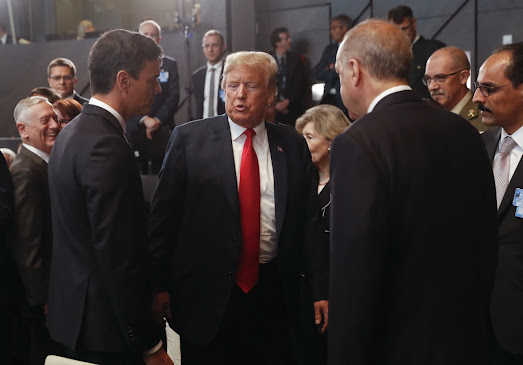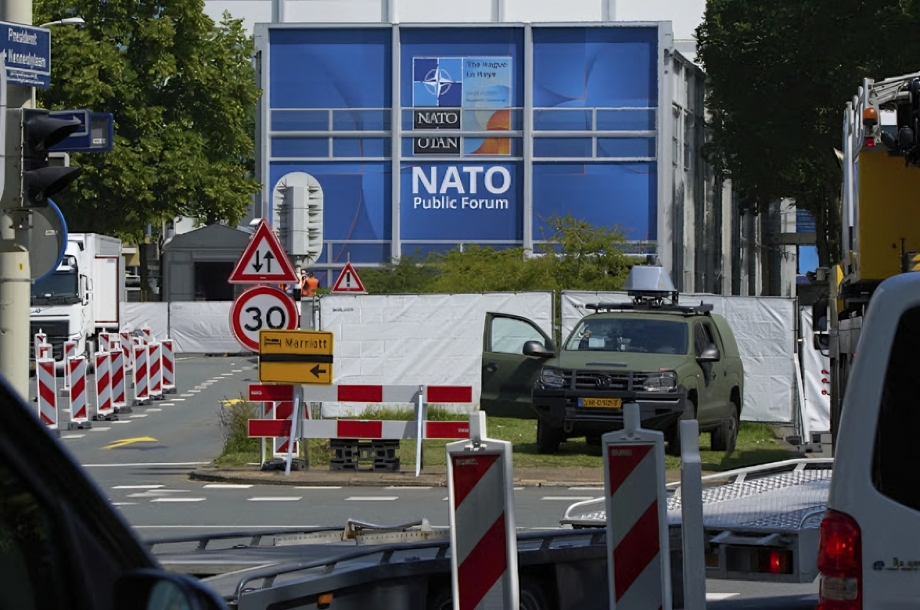The debate over NATO defense spending has reached a critical juncture, with Spain’s refusal to meet the proposed 5% of GDP target threatening to derail the upcoming NATO summit. As global security concerns escalate, the push for increased NATO defense spending led by U.S. President Donald Trump faces major political and economic headwinds.
Set to convene on June 24–25 in the Netherlands, the NATO summit was expected to finalize a new historic defense spending commitment. Trump has urged all 32 NATO member nations to raise NATO defense spending to 5% of their GDP, an unprecedented increase from the current 2% guideline. However, Spanish Prime Minister Pedro Sánchez has firmly rejected the proposal, warning that the hike in NATO defense spending would be “unreasonable and counterproductive.”
In a formal letter to NATO Secretary-General Mark Rutte, Sánchez argued that committing to a 5% spending goal would divert Spain from optimal financial planning and compromise the European Union’s own security ecosystem. While other NATO nations like Belgium, Canada, France, and Italy also struggle with the financial burden of such an increase, Spain is the first country to officially announce its opposition to the proposed NATO defense spending level.
Uncertainty Clouds Summit Outcomes
The success of the NATO summit now hangs in the balance. NATO’s top civilian officials have postponed scheduled press briefings, and discussions over NATO defense spending continue behind closed doors. NATO insiders say time is running out to present a unified front before Trump’s arrival, fearing a repeat of his combative stance at the 2018 summit.
The new NATO defense spending structure includes 3.5% of GDP for direct military expenditure and an additional 1.5% for dual-use infrastructure, such as roads, ports, and airfields—essential for troop mobility and resilience against cyber or hybrid warfare. Trump’s insistence on this structure has left many nations scrambling for clarity and resources.
Spain’s Economic and Political Pressures
Spain’s refusal to commit to the 5% NATO defense spending target stems not just from economic constraints but also political instability. Sánchez is governing with the support of smaller coalition partners amid rising corruption allegations surrounding his administration. These internal pressures make it politically risky to shift billions into military investment.
Nevertheless, Spain continues to support Ukraine militarily, expenditures which NATO now classifies under core NATO defense spending. But this partial alignment is not enough to meet the broader demands set forth by the alliance.
NATO Allies Divided on Timeline and Implementation
The timeline for reaching the 5% target remains contentious. While NATO military planners favor a shorter deadline due to rising threats from Russia and China, countries like Italy are pushing for a 10-year roadmap. Rutte has suggested that allies submit annual NATO defense spending plans to incrementally meet targets, calling it his “cunning plan” for compromise.
The Netherlands estimates that implementing the defense requirements could cost an additional €16–19 billion. Yet clarity over what exactly qualifies under the 1.5% infrastructure bracket remains elusive, further complicating budgetary planning for many nations.
Strategic Need for Increased NATO Defense Spending
Rutte and Trump argue that enhanced NATO defense spending is essential as the threat landscape changes. With Russia’s full-scale invasion of Ukraine and rising cyberattacks, European leaders are preparing for the possibility of more aggressive Russian actions within the next 5–10 years. NATO believes this justifies an urgent ramp-up in NATO defense spending.

NATO summit in doubt as Spain rejects 5% defense spending target amid global security tensions.
Simultaneously, the United States maintains that China presents a growing geopolitical challenge, adding to the rationale behind the ambitious proposal. Still, for many European governments to justify increased NATO defense spending to their citizens, Russia remains the primary motivator.
Economic Trade-Offs and Global Challenges
Meeting the proposed 5% target means significant economic trade-offs. Governments would need to raise taxes, accumulate national debt, or reallocate funds from social programs to finance NATO defense spending. To compound the pressure, Trump has also launched a global tariff war, citing national security, a move that many U.S. allies find both economically painful and politically perplexing.
As the summit approaches, the ability of NATO to demonstrate unity and resolve around NATO defense spending will determine its credibility in a rapidly changing world.
Source | AP News
Urgent Demand for Baloch Students’ Release Sparks Global Rights Outcry


[…] Spain Rejects NATO Defense Spending Hike Amid Global Security Tensions […]
[…] Spain Rejects NATO Defense Spending Hike Amid Global Security Tensions […]